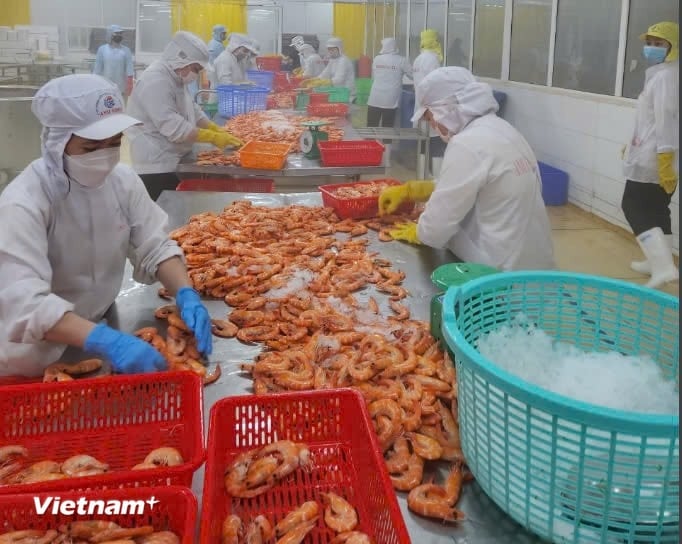
On October 28, HSBC Global Investment Research released the report "Vietnam at a glance - Keep moving forward." Accordingly, HSBC experts assessed that Vietnam surprised the market with a third-quarter growth rate of 8.2%, making Vietnam the fastest growing economy in ASEAN.
Vietnam's growth forecast raised to 7.9%
HSBC experts said this was the second quarter in which Vietnam’s economic growth exceeded 8% year-on-year, easily surpassing market expectations. While other ASEAN countries’ exports to the US saw a slight decline after frontloading activities tapered off, Vietnam’s trade performance remained strong with double-digit growth.
More encouragingly, the trade surplus in the third quarter was double the size of the first half of this year, thanks to an increase in surpluses with trading partners other than the US. This is partly due to the increased demand for AI technology, which is benefiting economies with a strong connection to technology.
According to HSBC, despite the difficulties in goods trade, the service sector also contributed to maintaining growth. Retail sales have witnessed many meaningful improvements while tourism continues to grow strongly as Vietnam is leading ASEAN in tourism recovery.
In addition, the government’s push for mega infrastructure projects has helped to increase construction activities. There is still potential for further growth if public investment disbursement accelerates, which as of the third quarter had only reached 50% of the yearly plan.
Following the unexpected increase in the third quarter, HSBC raised its GDP growth forecast to 7.9% (previously 6.6%) for 2025 and 6.7% (previously 5.8%) for 2026. However, this banking expert also needs to note that the biggest risk that can affect growth is trade fluctuations. HSBC also slightly raised its inflation forecast to 3.3% for 2025 (previously 3.2%) and 3.5% for 2026 (previously 3.2%).
Keep moving forward
Following the surprise performance of ASEAN economies in the second quarter, the strong growth momentum continues. This is particularly evident in trade-dependent countries such as Singapore and Malaysia, but Vietnam’s surprising performance is in a class of its own.
Vietnam achieved surprising growth results in the third quarter of 2025, reaching 8.2% year-on-year, maintaining the strong growth momentum of the second quarter of 2025. This outstanding result was much higher than the market expectation of 7.2% year-on-year, making Vietnam once again the fastest growing economy in Southeast Asia.
The biggest surprise has been the resilience of externally-oriented sectors, reflected in manufacturing and trade. Despite the volatile trading environment, industrial production in the third quarter increased by 10% year-on-year. Not surprisingly, trade continued to boom, with both exports and imports growing by nearly 20% year-on-year.
What is most encouraging is that Vietnam's retained trade surplus has more than doubled to $3 billion in the third quarter compared to the first half of 2025.
“That shows that Vietnam has increased its trade surplus with trading partners other than the US, although the US is still the largest destination for exports from Vietnam, accounting for one-third of the total market share,” said HSBC experts.
"When we look at the data more closely, we see that the main drivers of trade are consumer electronics and electronic components. This growth has significantly boosted Vietnam's exports to the US, with third-quarter exports nearly reaching 30% growth compared to the same period last year," HSBC said.
While frontloading has peaked across ASEAN, Vietnam’s continued growth in exports to the US reflects another trend we have observed across Asia. Tech-heavy economies are benefiting from increased demand for AI-powered technologies, providing a robust backstop for trade.
Alongside the robust trade performance, the services sector continued to see strong growth. Retail sales related to final consumption also saw meaningful improvements. Retail sales in the third quarter increased 12% year-on-year, narrowing the gap with the pre-pandemic trend to just 3% compared to 10% at the start of 2025.
Meanwhile, tourism-related sectors, including transportation and accommodation, are also witnessing a continuous boom.
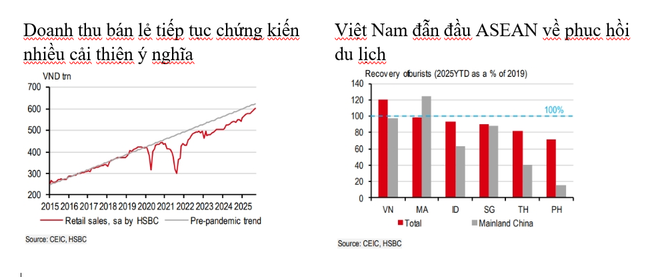
According to HSBC experts: "In our previous comments, we briefly explained why Vietnam has now become a new favorite destination for Chinese tourists despite not having a visa exemption policy. Indeed, Vietnam is leading ASEAN in tourism recovery. After welcoming 15 million tourists as of Q3, Vietnam is witnessing a return rate of tourists equivalent to 120% of 2019 levels. Although Vietnam is not as dependent on tourism as other countries such as Thailand, however, the increasing competitiveness in the tourism sector can somewhat shield Vietnam from challenges in goods trade."
Public investment and FDI fuel growth
In addition to the supply side of the economy, assessing the demand side is equally important. In the third quarter, real consumption increased by more than 8% compared to the same period last year, while real investment increased by almost 10% compared to the same period last year.
Specifically, Vietnam is focusing on accelerating the progress of mega infrastructure projects that are considered a priority. That shows that there is still room for further growth improvement because as of the third quarter, the public investment disbursement rate has only reached 50% of the plan assigned at the beginning of the year.
Besides public investment, FDI remains a key driver of Vietnam’s growth. Since April, concerns have been raised about the stability of FDI flows into Vietnam. Total FDI in the third quarter increased by 15% year-on-year, but newly registered FDI decreased by 9% year-on-year. Interestingly, the composition of Vietnam’s FDI portfolio has changed this year. In 2024, Singapore, South Korea, and mainland China will be the three largest investors.
Now, however, Singapore and mainland China each account for about a quarter of new FDI, while South Korea’s share has declined and the US has taken its place. In other words, despite trade fluctuations, the world’s two largest economies continue to pour investment into Vietnam.
After all, now all ASEAN emerging markets are back to square one, facing the same “19%-20%” tariff rate, those who have benefited from trade tensions will continue to benefit, such as Malaysia and Vietnam.
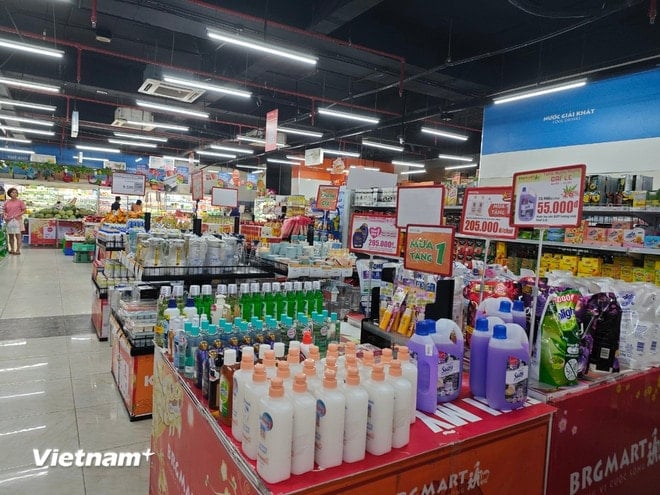
Inflation remained largely under control despite a slight increase of 4% month-on-month, while headline inflation rose 3.4% year-on-year in September, in line with market expectations.
With inflation no longer a concern, the State Bank is aiming for higher credit growth to support economic growth. Credit growth at the end of August saw a surge of up to 20% compared to the same period last year, on track for the State Bank's full-year growth expectation of 19%-20%, higher than the initial target of 16%.
In summary, HSBC experts assessed that the outstanding growth results made Vietnam once again stand out compared to ASEAN countries.
According to Vietnam+Source: https://baohaiphong.vn/kinh-te-viet-nam-tang-truong-nhanh-nhat-asean-524876.html



![[Photo] National Assembly Chairman Tran Thanh Man received a delegation of the Social Democratic Party of Germany](https://vphoto.vietnam.vn/thumb/1200x675/vietnam/resource/IMAGE/2025/10/28/1761652150406_ndo_br_cover-3345-jpg.webp)

![[Photo] Draft documents of the 14th Party Congress reach people at the Commune Cultural Post Offices](https://vphoto.vietnam.vn/thumb/1200x675/vietnam/resource/IMAGE/2025/10/28/1761642182616_du-thao-tai-tinh-hung-yen-4070-5235-jpg.webp)
![[Photo] Flooding on the right side of the gate, entrance to Hue Citadel](https://vphoto.vietnam.vn/thumb/1200x675/vietnam/resource/IMAGE/2025/10/28/1761660788143_ndo_br_gen-h-z7165069467254-74c71c36d0cb396744b678cec80552f0-2-jpg.webp)

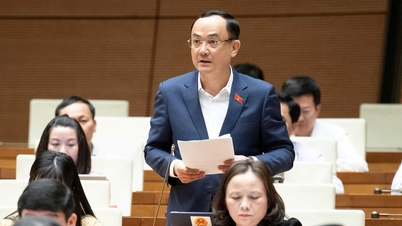
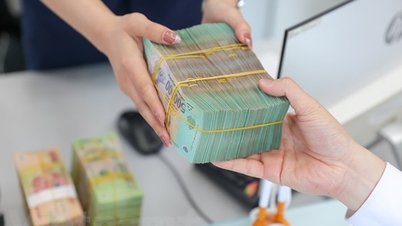



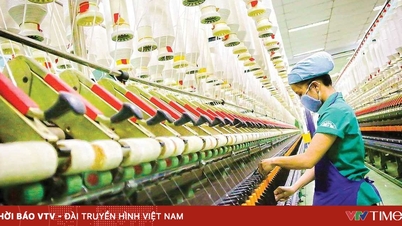
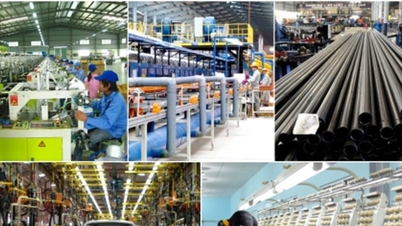

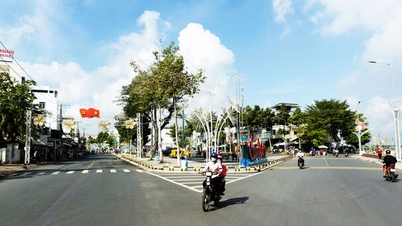

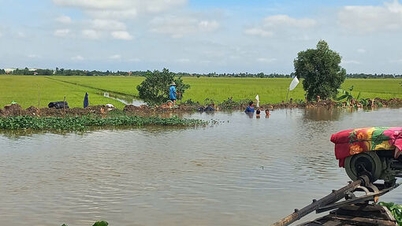

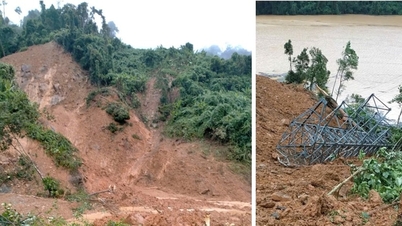

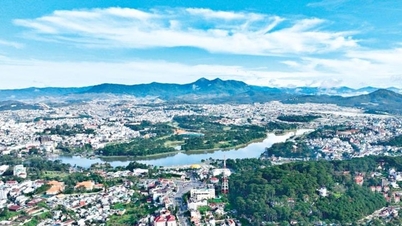

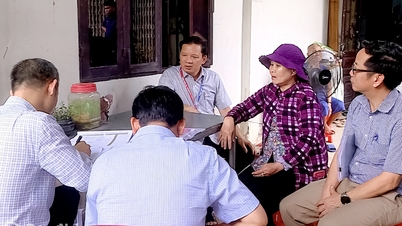



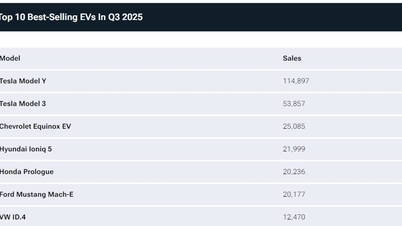





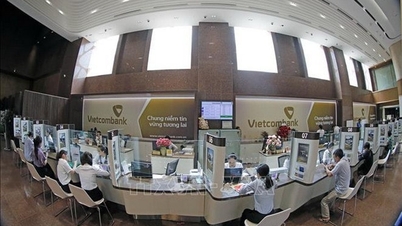

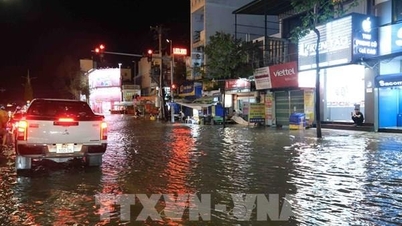


![[Photo] President Luong Cuong attends the 80th Anniversary of the Traditional Day of the Armed Forces of Military Region 3](https://vphoto.vietnam.vn/thumb/1200x675/vietnam/resource/IMAGE/2025/10/28/1761635584312_ndo_br_1-jpg.webp)



































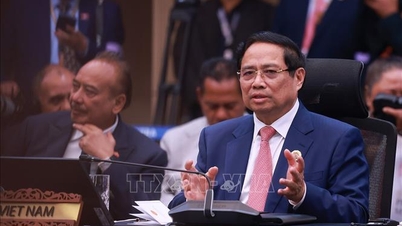

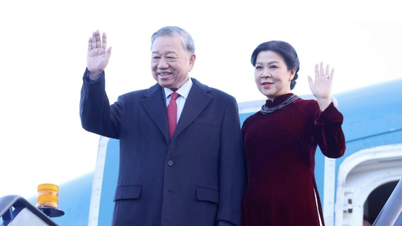



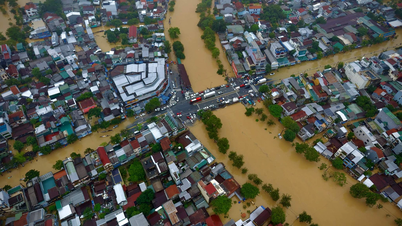


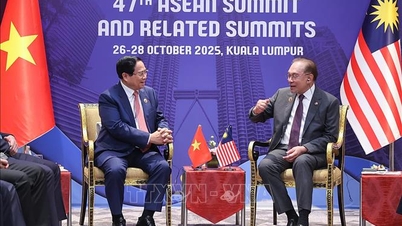



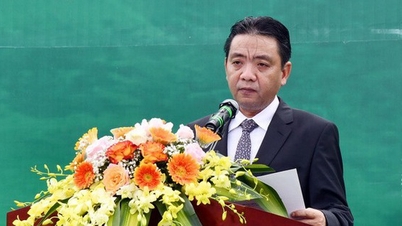
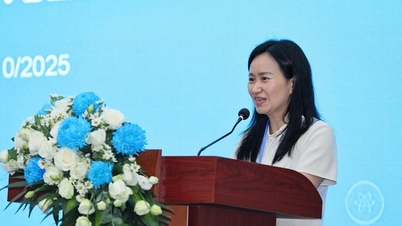

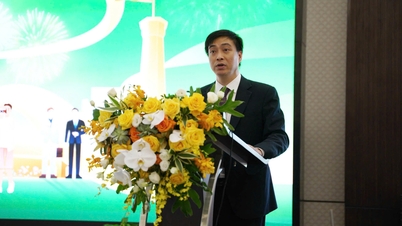



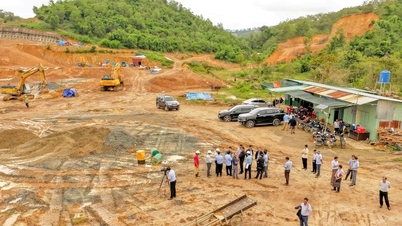



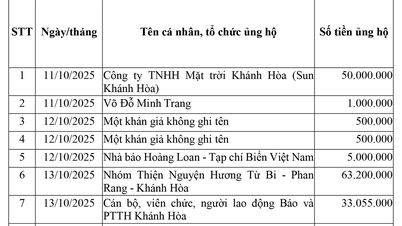

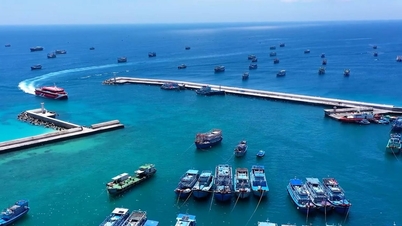















Comment (0)